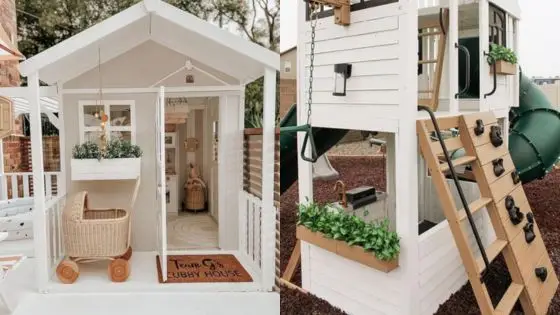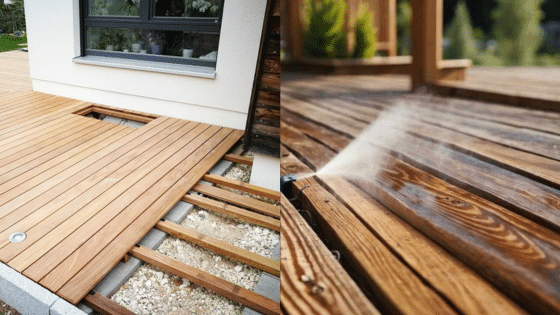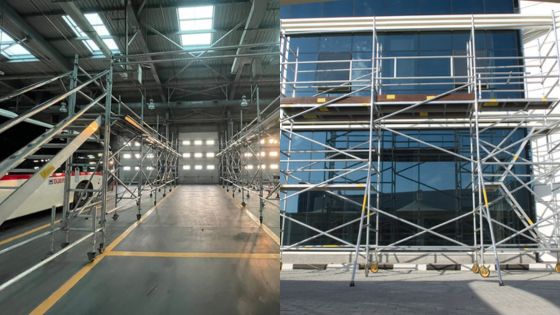When planning a home’s exterior, the driveway and front yard are often treated as separate elements. Yet, when designed in unison, they form a cohesive visual and functional entrance that reflects both aesthetic taste and practical foresight. Integrating interlocking with landscaping allows homeowners to elevate curb appeal while ensuring durability and ease of maintenance. Choosing professional driveway interlocking services for long-lasting results early in the planning process helps prevent disjointed layouts and expensive rework later.
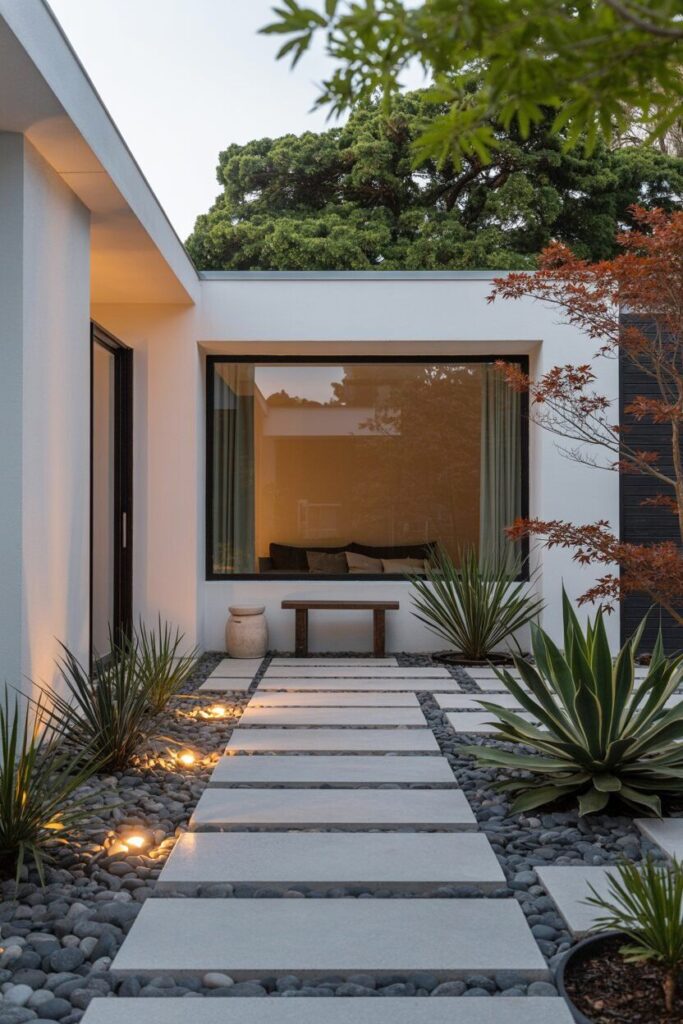
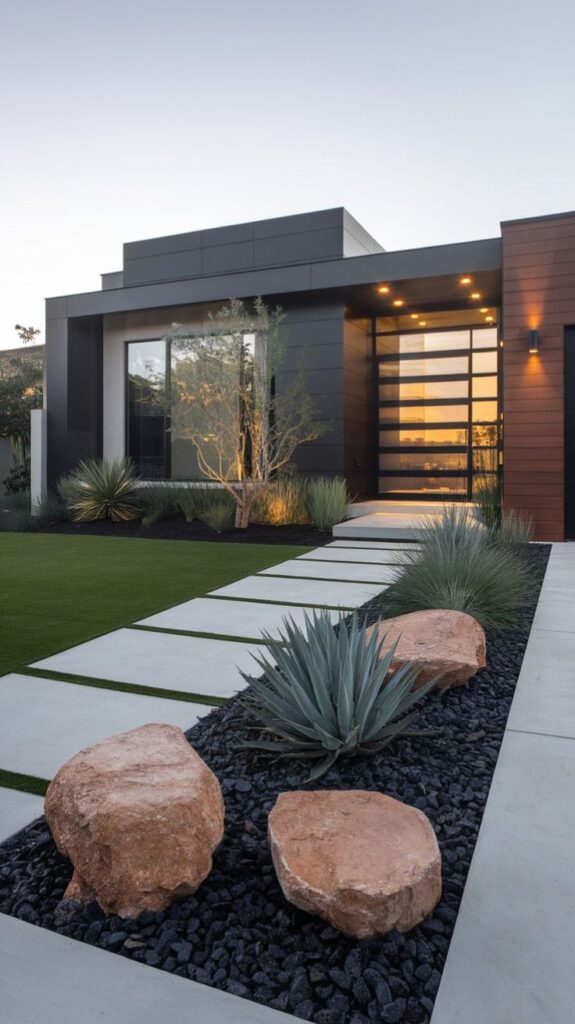
Why Interlocking and Landscaping Should Be Designed Together
Too often, a meticulously landscaped front yard ends up clashing with a generic concrete driveway. That disconnect stems from fragmented planning. Interlocking pavers, when selected and placed with landscaping in mind, do more than create a pathway for vehicles—they tie the entire outdoor space together. Stone texture, pattern direction, and border detailing can complement plant groupings, retaining walls, and lighting features, creating a unified appearance.
Landscaping introduces softness, color, and seasonal dynamics. Interlocking, on the other hand, provides structure, rhythm, and continuity. Their coordination ensures that one doesn’t overpower the other but instead enhances the total effect.
Key Considerations Before You Begin
Successful integration starts with understanding site conditions and use patterns. Soil drainage, slope, sunlight, and traffic load are just a few factors that influence both paving and planting choices. Working with professionals ensures these aspects are evaluated thoroughly and translated into effective design decisions.
Before the first paver is placed or the first shrub is planted, the following elements must be addressed:
- Site grading and water flow: Without proper grading, even the best materials will deteriorate over time. Drainage systems must direct water away from the house and prevent pooling on paved areas or in plant beds.
- Material cohesion: The textures and colours of interlocking pavers should correspond with the natural or architectural materials in your yard—be it limestone retaining walls, cedar fences, or garden edging.
- Functional transitions: Movement through the space—from driveway to front steps to garden path—should feel fluid. Using pavers of varying shapes or colours can delineate zones while maintaining unity.
Design Strategies for a Unified Outdoor Entrance
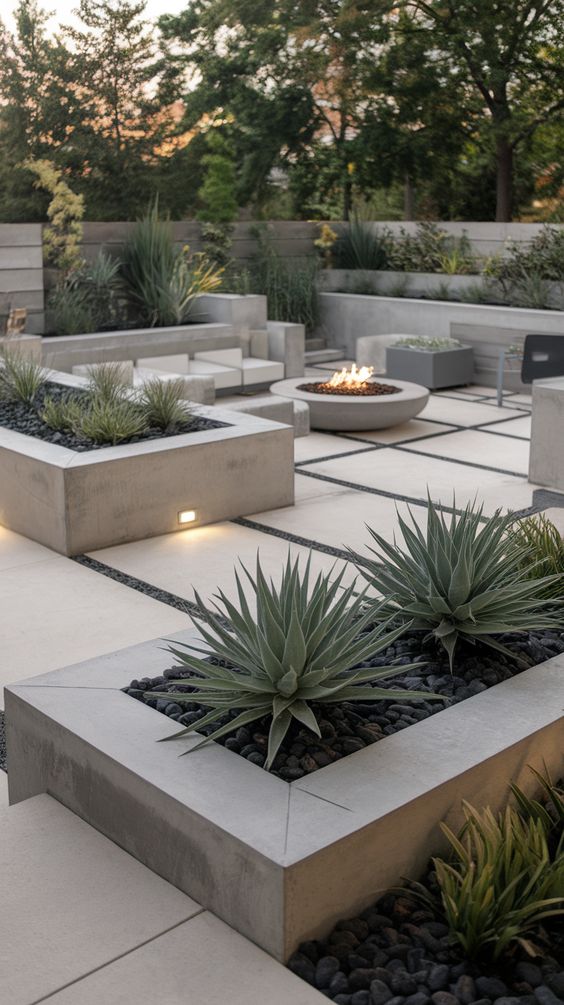
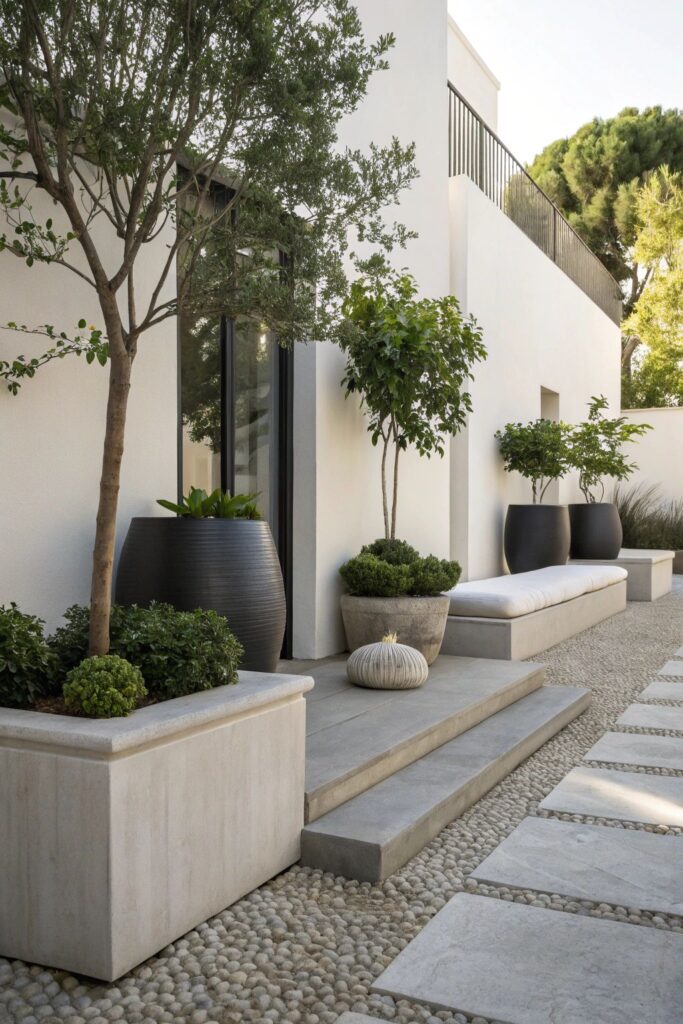
The best designs achieve subtle harmony rather than attention-seeking contrasts. That doesn’t mean everything should match perfectly; it means each element should belong.
1. Use Complementary Tones and Textures
If your interlocking pavers are in warm earth tones, avoid planting schemes dominated by cool blues and purples. Instead, choose perennials and shrubs with golden foliage or red-tinted bark. A granite-textured paver pairs well with grasses and perennials that add movement and contrast.
2. Frame the Driveway with Planting Beds
Side gardens or narrow planting strips along the edges of the driveway soften the visual impact of stone and make transitions to the front yard feel natural. Use layers—low ground covers near the pavement, medium-height plants in the middle, and taller specimens at the back. Native plants that require minimal upkeep often perform best here.
3. Integrate Lighting Thoughtfully
Landscape and driveway lighting should be designed together, not retrofitted as an afterthought. Uplights can highlight specimen trees near the driveway, while embedded LED strips in the pavers offer subtle, functional illumination that enhances safety and elegance.
Common Mistakes to Avoid
Poor planning leads to visual clutter and maintenance headaches. Here are frequent pitfalls:
- Mismatched materials: Using interlocking pavers that clash with surrounding stone, siding, or roofing can disrupt the entire look.
- Ignoring scale: Oversized pavers in a small front yard or narrow pathway can feel imposing; too-small pavers in a large expanse can appear busy and uneven.
- Underestimating plant growth: Shrubs or trees planted too close to interlocking borders may shift paving stones over time due to root expansion.
The Role of Professional Expertise
It’s tempting to treat driveway paving and front yard landscaping as separate DIY projects. But a segmented approach often leads to inconsistencies in level, drainage, and style. Certified landscape and hardscape contractors not only understand the technical requirements of proper installation but also bring design foresight to ensure lasting impact.
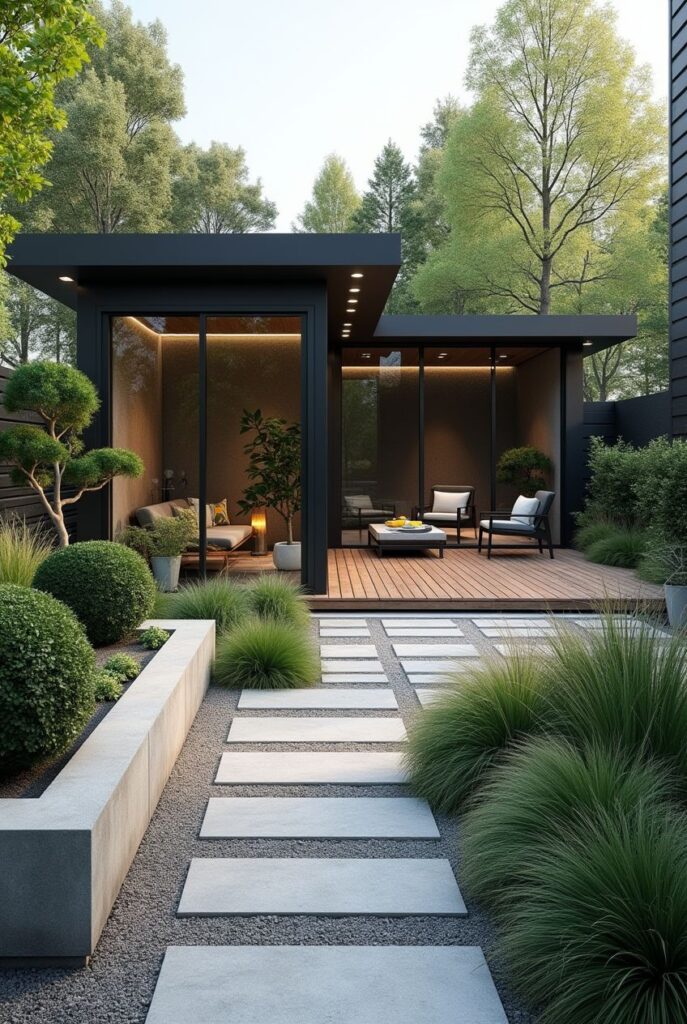
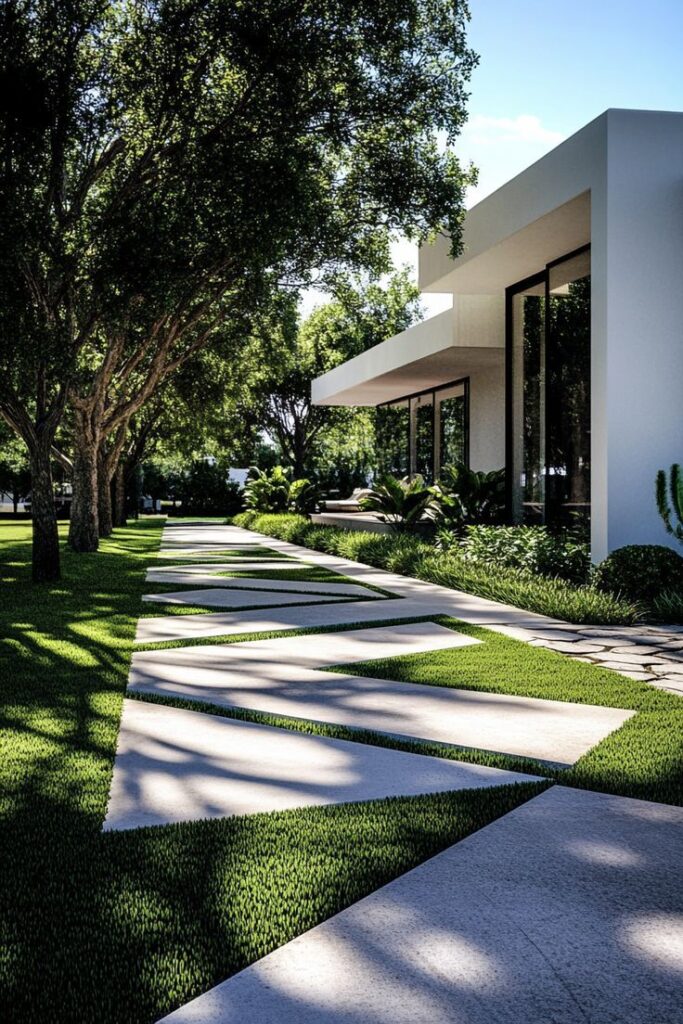
For example, professionals might suggest adding a permeable paver system that helps manage stormwater naturally or recommend structural soil under interlocking near tree roots to prevent heaving. These nuanced decisions are rarely part of DIY planning—and that’s where expertise makes the difference.
Achieving harmony between a driveway and front yard isn’t just about visual appeal. It’s about creating a functional, enduring, and inviting space that aligns with the character of your home. Interlocking and landscaping, when developed as a single design concept, establish an entrance that feels intentional and complete.
- 472shares
- Facebook0
- Pinterest469
- Twitter3
- Reddit0









